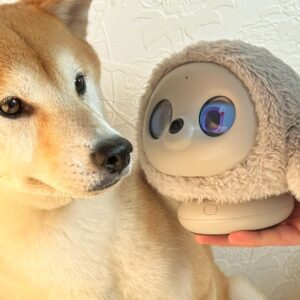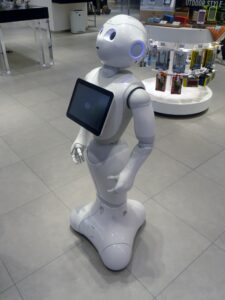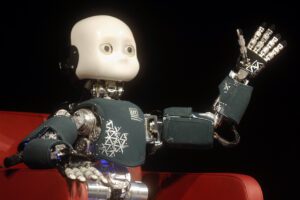Physical Address
Gujarat, India
Physical Address
Gujarat, India

ROPET, an emotional AI powered social robot (or a pet robot) by the company that goes with the same name, was unveiled recently at CES 2025. ROPET is an emotional robot that can laugh, get sad, shy, angry or happy and interact with you in various cute ways. All it needs is a little warmth and love.

A series of news have been poring in on social media portals recently about companies from China, introducing their humanoid robots to the world. China is one of the leading countries in the mass production of robots and one of the companies recently mass produced 1000 robots in the year 2024.

Discover ASIMO, Honda’s groundbreaking humanoid robot that revolutionized robotics with its advanced mobility, human-like skills, and intelligent interactions. Learn about its inception, technology, and real-world applications in this comprehensive guide!

Explore NAO Version 6, the latest humanoid robot from Aldebaran, now part of United Robotics Group. With advanced sensors, AI capabilities, and support for multiple programming languages, NAO is revolutionizing education, research, healthcare, and retail industries. Learn more about its features and applications in our comprehensive blog.

Pepper by SoftBank Robotics is a humanoid robot designed for natural human interaction. Widely used in industries like retail, hospitality, and healthcare, Pepper recognizes emotions, understands speech, and offers customizable applications for diverse needs. Discover how Pepper is revolutionizing customer engagement and education worldwide.

Reachy 2, developed by Pollen Robotics, is a cutting-edge humanoid robot designed for versatility and ease of use. It's modular architecture and open-source platform allows researchers, educators and business to explore robotics and AI in innovative ways.

The iCub represents a significant leap in humanoid robotics, bridging the gap between mechanical capabilities and cognitive functions. With its advanced sensory systems and flexibility in programming, it continues to inspire innovation and drive forward the boundaries of what robots can achieve in understanding and interacting with the world.

Ameca is developed by Engineered Arts Limited, a UK based company. It was first introduced in 2021 as a prototype.